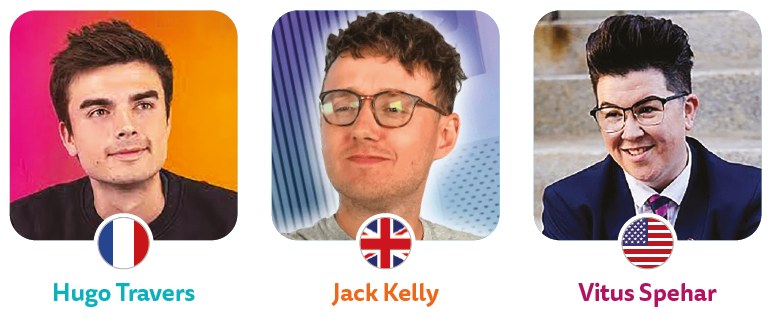With TikTok, Instagram Reels, and YouTube on the rise, we look at why consumers are embracing more video consumption and investigate which mainstream and alternative accounts – including creators and influencers – are getting most attention when it comes to news. Authors of the report explore the very different levels of confidence people have in their ability to distinguish between trustworthy and untrustworthy content on a range of popular third-party platforms around the world. For the first time in our survey.
As publishers rapidly adopt AI , to make their businesses more efficient and to personalise content, our research suggests they need to proceed with caution, as the public generally wants humans in the driving seat at all times. In many countries, especially outside Europe and the United States, researchers found a significant further decline in the use of Facebook for news and a growing reliance on a range of alternatives including private messaging apps and video networks. Facebook news consumption is down 4 percentage points, across all countries, in the last year.

News use across online platforms is fragmenting, with six networks now reaching at least 10% of our respondents, compared with just two a decade ago. YouTube is used for news by almost a third (31%) of our global sample each week, WhatsApp by around a fifth (21%), while TikTok (13%) has overtaken Twitter (10%), now rebranded X, for the first time. Linked to these shifts, video is becoming a more im.
















